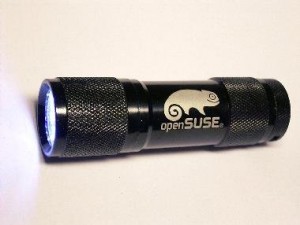Its a while since I posted the status about the ongoing work for ARM support in the OBS and for an openSUSE port. It all started with my participation in the OBS development as an external contributor. Then, on Hackweek 2008, we had the idea to enforce a new solution other than the traditional methods of compiling code either natively or via a cross compiler on a host system. The idea was to give build scripts as much of the target enviroment as they need to just work without changes in the packaging definition – in order not to change thousands of package descriptions which define a linux distribution.
A lot happened in the meantime. And I can now report some significant progess in bringing the joys of OBS and openSUSE also to all the ARM users:
To accelerate the openSUSE @ ARM development itself, we want to involve more people of the community. We have an IRC Channel #opensuse-arm for OBS and openSUSE @ ARM – i invite you to visit us there. We will also find a solution to bring the needed changes into the openSUSE Factory codebase so regular build for openSUSE can take place once the base system is working. I will inform you once we have a working base system that can be used to port many other packages. The soon starting Summer of Code Project “Porting openSUSE to ARM platform” is intended as the starting point here.
The next steps are to bring in all the useful applications into OBS, so you have the wide range of applications that is already available for x86 or powerpc then also on ARM. You will see interesting things happening during the next time here. To support this, more and more of the tested ARM targets will be made available also on the public OBS. I will follow up with status updates.
 The
The 
